Establishing the value of modern seed storage methods for wheat in diverse production ecologies in Nepal

Authors:
In the developing-country context of Nepal, farmers often incur seed losses of 15–30% due to improper storage. To evaluate the efficacy and costs of modern storage alternatives, experimental trials were set up among ten farmers each in two contrasting ecologies, i.e. Palpa (hills) and Rupandehi (terai plains) districts of Nepal in 2013. Several wheat seed storage options were contrasted including farmer practices (FP) such as reused fertilizer bags, polythene bags, household metal containers, and mud bins. Modern storage methods that were evaluated included plastic bags (with and without pesticide), metal bins, and hermetic ‘SuperGrain bag’ (SGB). Seed quality and losses were assessed after six months of storage (May–October) with parameters such as grain moisture content, insect damage, seed germination, and seedling vigor. The overall quality of seed with FPs was lower in the hills than in the terai plains. Among the treatments, SGBs were more effective in maintaining acceptable seed moisture levels, controlling insect damage (<1%), preserving germination (>90% lab, >65% field), and promoting seedling vigor. Metal bins and plastic bags without pesticide had higher insect damage (7–15%) compared to FP and plastic bags with pesticide (2–5%). In terms of storage costs, SGBs were comparable with the farmers' storage methods ($5–6 per 100 kg seed storage). Our findings demonstrate that SGBs are better at maintaining seed quality and more economical than not only FP but also the other modern storage methods evaluated in this study across production ecologies in Nepal.
